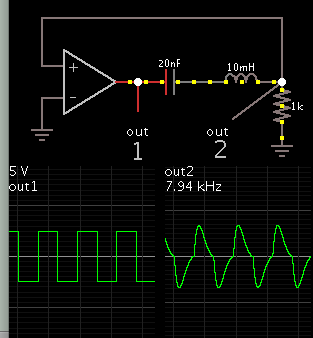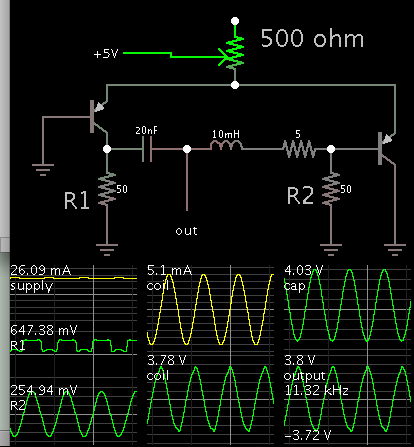Follow along with the video below to see how to install our site as a web app on your home screen.
Note: This feature may not be available in some browsers.






the frequency is not the resonant freq. for 20nf & 10 mH.
